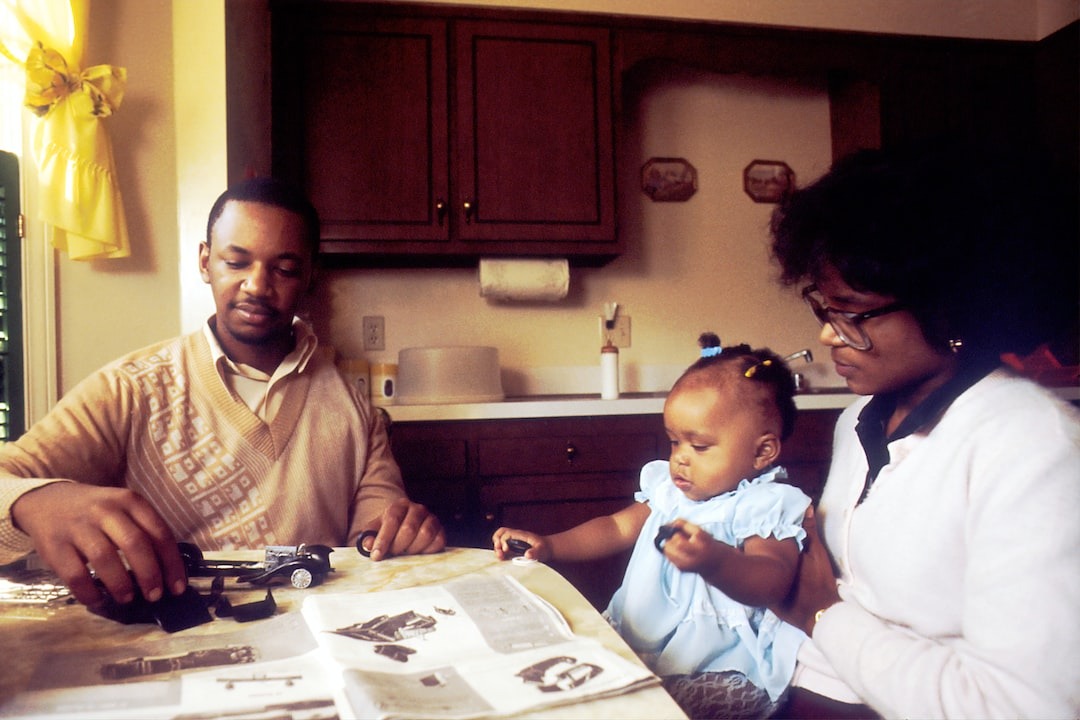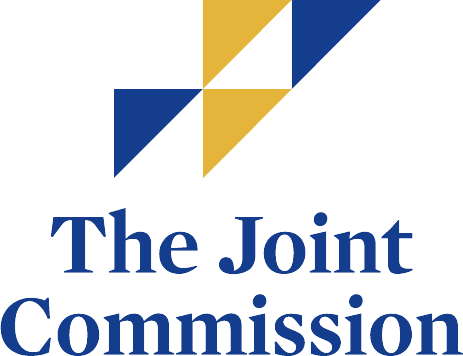An addiction treatment becomes successful when the individual stops using the substance or substances and maintains a sober, happy, healthy, and prosperous life. But the road to recovery is not easy as addiction is a disease— one cannot simply stop taking drugs and get well. The type of treatment program a person receives would depend on the severity of their condition and situation.
People seeking treatment for drug or alcohol addiction can choose between an outpatient and an inpatient rehab program. Inpatient treatment is recommended for cases that are severe and need medical detox. But when the addiction is considered mild, the person can opt to undergo outpatient treatment.
What Is Outpatient Rehab?
Unlike inpatient rehab programs where the individual resides in the facility 24/7, an outpatient rehab program allows people to go home at the end of the day. It offers help at the facility during the day and lets the individuals leave at night.
Outpatient treatment is the preferred rehab program for many– they can get the addiction treatment they need while still living their lives. This is also a more cost-effective option as some cannot pay for inpatient care.
Addiction Center says that an outpatient rehab program is ideal for people who are “motivated to stop using” but want flexibility in their day-to-day schedule.
How does outpatient rehab work?
Outpatient drug rehab is not as restrictive as inpatient drug rehab. Individuals under this treatment program are allowed to go home at the end of the day but are typically required to spend 10 to 12 hours a week visiting the treatment center of their choice. They will be allotted times and schedules to get their treatment.
There are different types of outpatient programs with varying levels of intensity and an array of services. But generally, these programs mainly focus on providing:
- Education on drug abuse;
- Group and individual counseling;
- Methods to cope without the drug; and
- Support.
Like inpatient programs, outpatient programs can last between three to six months or even over a year. This kind of treatment program is an excellent standalone option for people with mild substance addiction or be a part of a long-term treatment program.
What happens in outpatient rehab treatment?
The first step is assessment. Individuals entering the facility will be evaluated using the American Society of Addiction Medicine (ASAM) Criteria to determine what types of services are needed to treat their addiction. The six dimensions to the assessment are:
Dimension 1 – Acute intoxicant and withdrawal potential
Dimension 1 looks at the person’s past and present experiences of substance use and withdrawal.
Dimension 2 – Biomedical conditions and complications
Dimension 2 looks at the person’s history of health and current physical condition.
Dimension 3 – Emotional, behavioral, cognitive conditions and complications
Dimension 3 looks at the person’s emotions, thoughts, and mental health issues.
Dimension 4 – Readiness to change
Dimension 4 looks at the person’s interest and readiness to change.
Dimension 5 – Relapse, continued use, or continued problem potential
Dimension 5 looks at the person’s potential to relapse or continue using.
Dimension 6 – Recovery and living environment
Lastly, Dimension 6 looks at the person’s living and recovery situation, including the things, people, places, and people surrounding them.
Northland Treatment says that people under an outpatient rehab program may also need to undergo medical detox if they have been physically dependent on a substance. However, this is more common in inpatient programs.
What Types of Outpatient Programs Are Available?
The type of outpatient rehab an individual will experience is based on the substance they abused, the severity of their addiction, and their recovery stage.
There are many different types of outpatient rehab, but there are three general categories.
-
Day Programs
In an outpatient day program, clients need to visit their treatment center five to seven days a week for several hours a day. Here, they will participate in group counseling, ongoing therapy, biofeedback, and other kinds of therapy, such as music therapy or art therapy. Individuals may leave after each session, either to return home or to a sober living home.
Although individuals are not obliged to stay in the facility 24/7, outpatient rehab still requires a substantial time commitment. Their ability and availability to go to school or work may be limited while under the program.
-
Intensive Outpatient Programs (IOP)
In IOPs, a treatment plan with measurable and defined milestones is established to track the individual’s progress. As the person meets their goals, the required commitment per week decreases.
People under IOPs may also be required to attend multiple weekly sessions for a few hours. In this time, they will go to counseling sessions and group therapy, learn about relapse prevention, and attend a recovery support group like a 12-step recovery program.
IOPs are an excellent option for those serious about quitting and recovery but still need to carry on daily responsibilities like work.
Intensive Outpatient Programs are offered here in Buena Vista Tucson.
-
Continuing Care
Narcotics Anonymous and Alcoholics Anonymous are examples of continuing care groups. They are support resources that provide solidarity to recovering individuals and help them with their commitment to sobriety.
Continuing care groups usually meet every week and are facilitated by a licensed therapist.
What To Consider When Choosing A Rehab Treatment
Deciding between inpatient and outpatient rehab would depend on the individual’s condition. On the one hand, outpatient treatment has a few benefits.
- The person can receive treatment while living at home.
- The cost of outpatient rehab is relatively lower than inpatient care.
- There are many different therapies and counseling offered with varying levels of intensity.
- Schedules are flexible.
- Some outpatient rehab programs can treat co-occurring disorders, including bipolar disorder, eating disorders, PTSD, and depression.
On the other hand, there are some downsides to outpatient rehab.
- Outpatient facilities do not offer 24-hour support. They cannot help when a person experiences the urges or cravings to use.
- Outpatient programs are less structured and monitored than inpatient programs. If the person cannot regularly attend group sessions, the likelihood of their successful recovery decreases.
Choosing a treatment plan takes thorough consideration. Before committing to one, the person or their family should ask for professional help to select the best option.
If you are or know someone in Arizona struggling with drug abuse and looking for rehab centers, turn to Buena Vista Health and Recover Center. We offer outpatient rehab. You can visit us in Cave Creek, Arizona, or contact us at (800) 922-0095.






